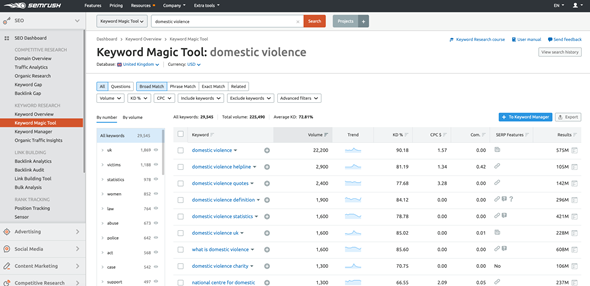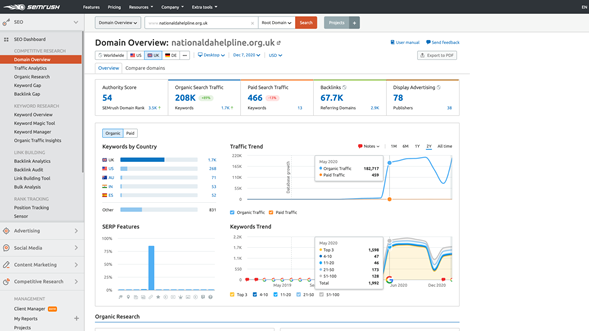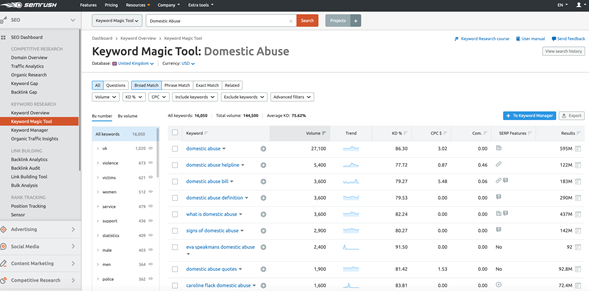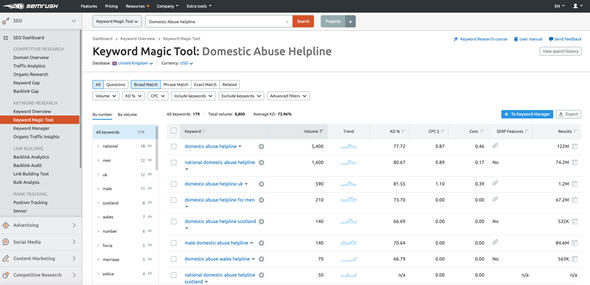Finding relevant stories during lockdown – the challenges facing 2020s publishers
It goes without saying that this year has been one of the hardest in living memory. The pandemic turning life, business, social interaction, education, community, all on its head. While the change has looked different for everyone – some companies saw unprecedented demand for their services, while independent and small businesses have been fighting tooth and nail to stay standing – we can surely say that there’s been no other universal challenge like it. Not a single soul is standing where they thought they’d be this time last year.
This is just as true for the world of publishing. Journalists who could previously find a story around the corner can no longer physically do that and instead have to look elsewhere for news and insights. It is particularly cruel for Covid-19 to hit at a time when publishing is also fighting so hard as a sector against the threats of: Fake news and misinformation, advertising revenues falling and potentially the most challenging period ever when it comes to maintaining editorial excellence and business success.
A pandemic is just when the importance of clear, factual and impartial reporting is paramount when it comes to communicating with your audience. Instead Covid-19 has landed in an era of fake news, extreme views and highly polarised opinions. It has hit print sales especially hard, and driven the demand for digital sky high – just when the online world is also facing the challenges of rampant misinformation and conspiracy theories in wide circulation.
Trust in online publishing has become paramount. At the same time, people’s concerns about how to differentiate between real, valued journalism and misinformation have peaked.
How data helps tell untold stories during lockdown
This year was a particular challenge to the journalistic and news production community. With many staff furloughed following the initial March lockdown, editorial teams were squeezed and new limitations were put on research functions.
Home Affairs and Crime Specialist Producer Jordan Milne started exploring how lockdown was affecting the millions of people shut in at home, suddenly facing the potential pressure-cooker domestic situation. The attention turned to victims of domestic abuse – a problem existing before the pandemic hit, but one at risk of being exacerbated by lockdown, with people literally locked in with their abusers and unable to seek outside help. Domestic violence charities and helplines were all contacted on her accord and they all confirmed the rising trend – but – they were unable to provide any proof points, as no official figures had been released.

“Anecdotes are great, but they cannot be the main part of your story,” Milne said.
Working with SEMrush, Milne researched independent data sourced from anonymous online search trends; people searching for domestic violence-related issues. The data showed dramatic peaks in searches from month to month before and after lockdowns, along with vastly increased site traffic to women’s shelters and domestic violence helplines. This insight leant the national perspective which Milne needed to prove her theory on a mass scale, and allowed her to make a case for shedding light on such an important and easily overlooked issue arising from lockdown life.
SEMrush data revealed that traffic to the website for the National Domestic Abuse Helpline increased by 156 per cent across the UK between February and March 2020. The story grew from there, and Milne sought interviews from victims, and Sky News broadcast the piece, alerting the nation to a silent problem that was putting hundreds of people in danger.
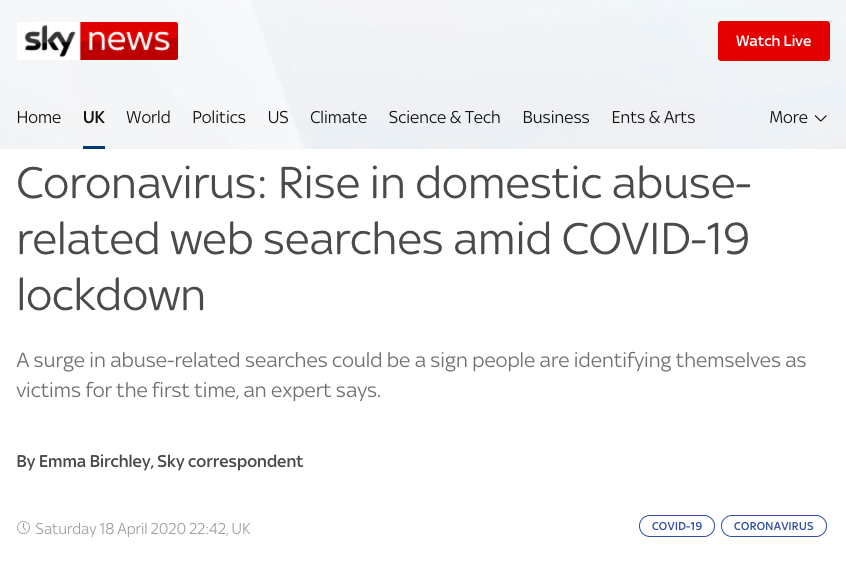
Finding new sources of reputable and mass insight into opinion and sentiment is of increasing use to news teams looking for everything from audience sentiment on the Michael Jackson documentary, to rankings of the most popular premier league footballers, upcoming challenger brands in the cosmetics industry, through to the countries people in the UK are most cautious about travelling to. Online insights can illuminate told and untold stories relating to various facets of modern life. For a news agenda increasingly shaped by social media, access to this level of insight on opinion and trends can be a valuable way to balance out the ‘filter bubbles’ created by sourcing information from individual tweets. It is genuinely unbiased, anonymous, and gives a widespread picture of what is really going on in the online world.
But the value of taking an alternative view of audience insights for publishers goes far beyond steering the news agenda. When publishing businesses are struggling, shining this lens on publications’ own readership can be equally insightful. Social media has encouraged people to be used to controlling access to information which is individually in step with people’s personal preferences. Understanding a readership’s key drivers may be just as key for the future of publishing as maintaining the focus on breaking important news, as platforms navigate the digital world and seek to grow their audiences while also maintaining that critical journalistic integrity and high standards.
While the proliferation of tech, social and online communities may have introduced a lot of biased information and misinformation which journalists and news producers have to be mindful of, digital avenues have also opened new methods and opportunities of accessing insight, perspectives, and trends. Rather than relying on omnibus research or claimed behaviour from polls and surveys, this data source provides the publishing world the chance to find news in numbers through aggregated online behaviour.
In a world which has become so marked by division, extreme viewpoints and polarised opinions, it is the role of the independent and unbiased publisher to provide a wider context, balanced with serving its readership’s needs. When looking for additional help to maintain an edge in the fight against fake news, it is precisely this kind of wider context which journalists and publishers have to focus on when it comes to rebuilding their businesses and consistently providing quality coverage of the world’s biggest issues.
About SEMrush
We’re in the business of marketing, using our online platform to help marketers, publishers and brands to prime their sites, ecommerce areas, social media platforms, marketing strategies, and digital tactics. This is something which has been in high demand by many as they navigate a constantly shifting world struggling through a pandemic. We also work hard with publishers and journalists across the globe to generate insightful data based on web traffic, search trends, social media habits, and ad spend (to name a few); delving into the myriad types of stats and figures marketing professionals can use to tailor their strategies and journalists can use to build stories on changing consumer trends. Moving into data provision for news purposes was where we could truly add value, without changing our business model. Since then we’ve contributed data to hundreds of stories globally – from business news for The BBC to Job seeker trends on Channel 7 in Australia, and from Covid-19 queries for Forbes and The Washington Post in the US to ecommerce and retail trends in Le Parisien and BFMTV.


